The Secret of Coconut Harvest
Optimizing Cultivation for Maximum Yield
A comprehensive strategy based on multi-regional soil characteristics and nutritional needs
Coconut palms (Cocos nucifera) sustain over 60 million farmers globally, yet yields plummet by 40–60% due to poor nutrient management, pests, and climate stresses. This guide synthesizes field-tested techniques from major producers (Indonesia, Philippines, India) to solve critical pain points. The secret of coconut harvest lies in precision nutrition, disease resilience, and climate adaptation.
🌴 Site Selection and Planting Techniques
Soil and Climate Requirements
Coconuts thrive in sandy loam soils (pH 5.0–8.0) with 1,500–2,500 mm annual rainfall. Avoid waterlogged areas—roots suffocate after 72 hours of flooding. Ideal temperatures range between 27–32°C; below 20°C delays flowering.
Planting Best Practices
Pit preparation: Dig 1×1×1 m pits 30 days pre-planting. Mix soil with 2 tons/ha compost + 200 g Thermo-Cycler Pro compost accelerator to boost organic matter by 35%.
Spacing: Adopt triangular planting (7.5 m spacing) for 180 palms/ha. Increases light interception by 20% versus square layouts.
Mulching: Apply coconut husk mulch (10 cm thick) around seedlings. Reduces irrigation needs by 30% and suppresses weeds.
💧 Precision Nutrient Management
Growth-Stage Fertilization
Coconuts demand high potassium (K) and moderate nitrogen (N). Deficiencies cause nut fall, thin kernels, and 50% yield loss.
*Table: Annual Nutrient Requirements for Mature Palms (6,000 nuts/ha target)*
| Growth Phase | N (kg/ha) | P₂O₅ (kg/ha) | K₂O (kg/ha) | Recommended Products |
|---|---|---|---|---|
| Juvenile (1–3 years) | 150 | 60 | 200 | 30-10-10 +TE water-soluble + BioRoot-Max microbial inoculant |
| Mature (>4 years) | 300 | 90 | 480 | 10-5-45 +TE + MKP (0-52-34) foliar spray |
| Senescence recovery | 180 | 75 | 360 | Amino-CaMg liquid + 420-0-0 liquid N |
Source: Adapted from IPI Potassium Guidelines for Tropical Crops
Efficiency Enhancers
Foliar sprays: Apply 420-0-0 liquid N (15 L/ha) during dry seasons to prevent leaf yellowing. Boosts photosynthesis by 25%.
Slow-release K: Use K-Fortify SR (coated K₂O) in sandy soils. Cuts leaching by 60% and increases nut size by 15%.
🐛 Integrated Pest and Disease Control
Lethal Yellowing Management
Resistant varieties: Plant ‘Malayan Dwarf’ or ‘Maypan’ hybrids—show 90% survival in epidemic zones.
Antibiotic root infusion: Inject oxytetracycline (2 g/palm) quarterly. Reduces mortality by 70%.
Rhinoceros Beetle Eradication
Trapping: Install pheromone traps (Cosmolure) at 15/ha. Catches 300+ beetles monthly.
Biocontrol: Apply Metarhizium anisopliae fungi. Achieves 80% larval mortality in 14 days.
📊 Cost-Benefit Analysis of Three Fertilizer Strategies
*Table: Economic Comparison per Hectare (Philippines, 5-Year Average)*
| Strategy | Input Cost (USD) | Yield (Nuts/ha) | Net Profit (USD) | ROI (%) |
|---|---|---|---|---|
| Conventional NPK | $580 | 5,200 | $2,940 | 407% |
| Hybrid (Slow-K + organics)* | $890 | 7,100 | $4,860 | 546% |
| Full organic** | $720 | 6,300 | $3,980 | 553% |
**Combines 2 tons compost + 200 kg K-Fortify SR + 10-5-45 +TE blends
***Uses 3 tons vermicompost + Anti-Nematode Pro microbial consortia*
Key Insights:
Hybrid systems maximize yield via staged nutrient release, ideal for high-density plantings.
Full organic excels in ROI for degraded soils—yields increase 12% annually after Year 3.
🌦️ Climate Resilience Tactics
Drought Mitigation
Hydrogels: Apply 50 g/palm of water-retaining polymers. Extends root-zone moisture by 20 days.
Windbreaks: Plant Gliricidia sepium every 10 rows. Reduces evapotranspiration by 40%.
Salinity Solutions
Leaching irrigation: Apply 150 mm water post-cyclones to flush salts below root zones.
Foliar amino acids: Spray fish protein liquid (1:200) biweekly. Counteracts Na⁺ toxicity, improving nut fill by 18%.
💎 Conclusion: Sustaining Profitability in Coconut Farming
Mastering coconut cultivation hinges on potassium optimization, pest resilience, and organic integration. Adopting slow-release K sources with microbial inoculants can slash fertilizer costs by 30% while increasing yields by 25–40%.
🌱 Pro Tip: Produce on-farm compost using Thermo-Cycler Pro. One 5kg bag ferments 10 tons waste into premium humus in 28 days—saving $200/ha versus commercial compost.
If you are interested in this article, or have any questions that need to be answered, You can find us at any time through the chat icon in the lower right corner of the webpage. Of course, you can also check out our other social media (such as Linkedin) to learn more about us.
If you are interested in this article, or have any questions that need to be answered, you can always find us through the chat icon in the lower right corner of the page. Of course, you can also check out our other social media (such as Linkedin) to learn more about us.
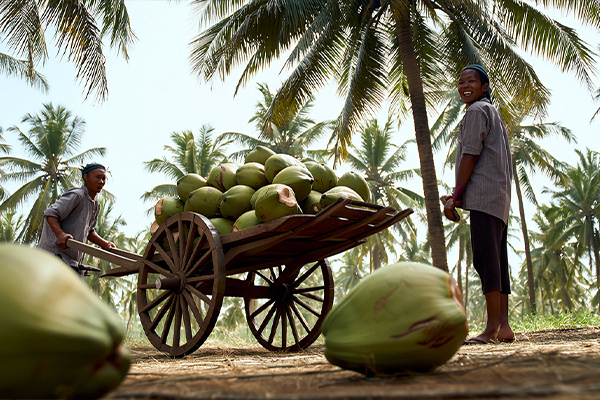
The coconut grove with balanced nutrient fertilizer is tall and lush, the leaves have increased by 15%, and the wind and drought resistance has been significantly improved.;
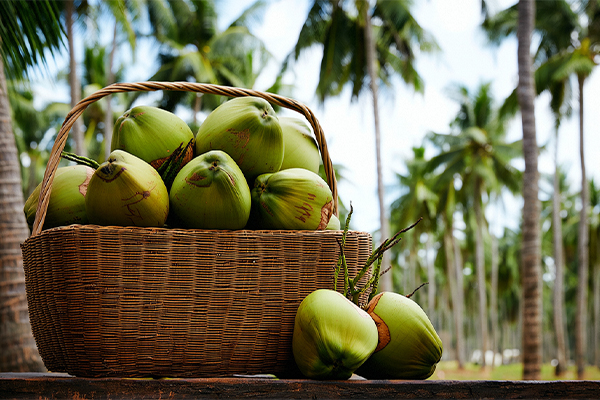
The amount of fruit hanging from a single plant increased by 25%, the coconut shell was full and round, and the yield per ha exceeded the high-yield record of 3,000.;
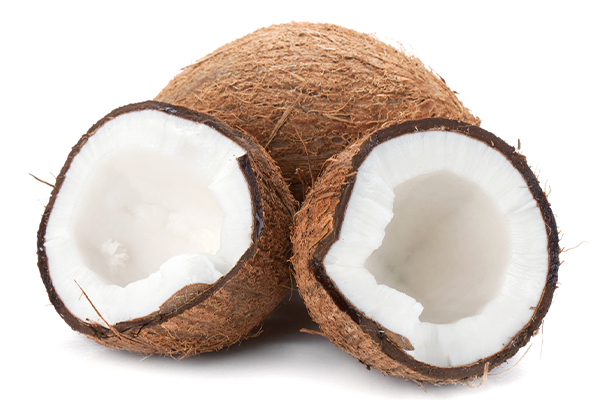
The thickness of coconut meat increased by 20%, the sweetness of coconut juice reached 14°Brix, and the content of lauric acid, the core nutrient, increased by 18% to meet the export-grade fresh food standards.
Coconut fertilizer
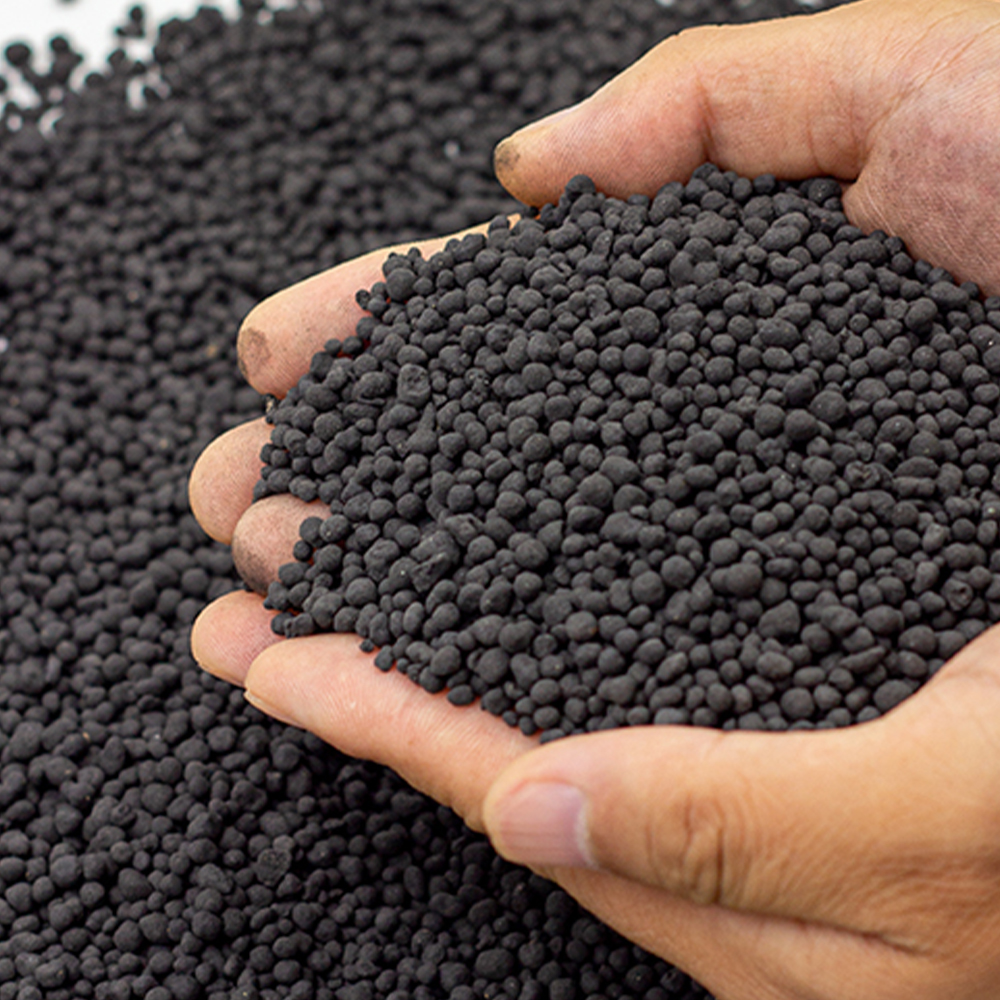
Bio-organic fertilizer
Organic matter ≥40%
CaO≥10%
beneficial bacteria count:≥0.20 billion/g
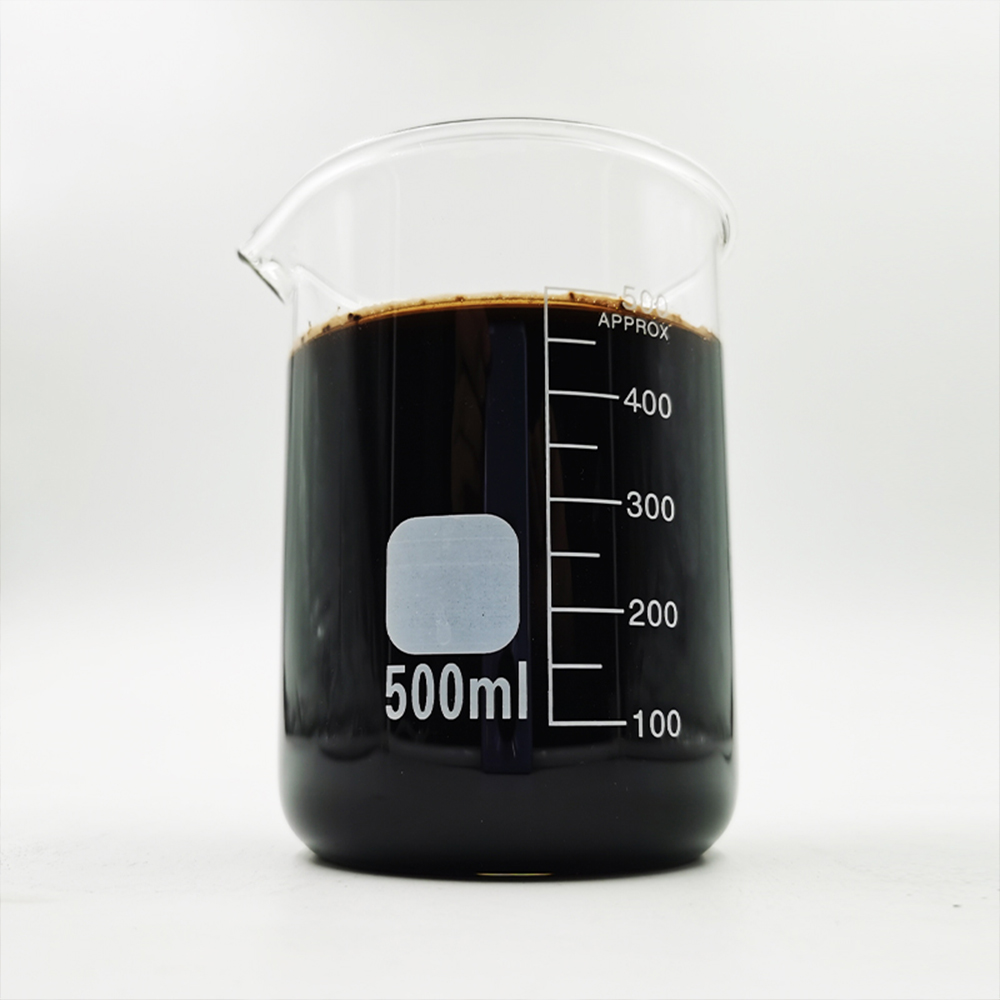
Ca mg amino acid liquid
Ca+Mg≥100g/L, Fish protein ≥100g/L, Amino acids≥120g/L, N≥90g/L,Ca≥60g/L, Potassium≥50g/L, Mg≥40g/L
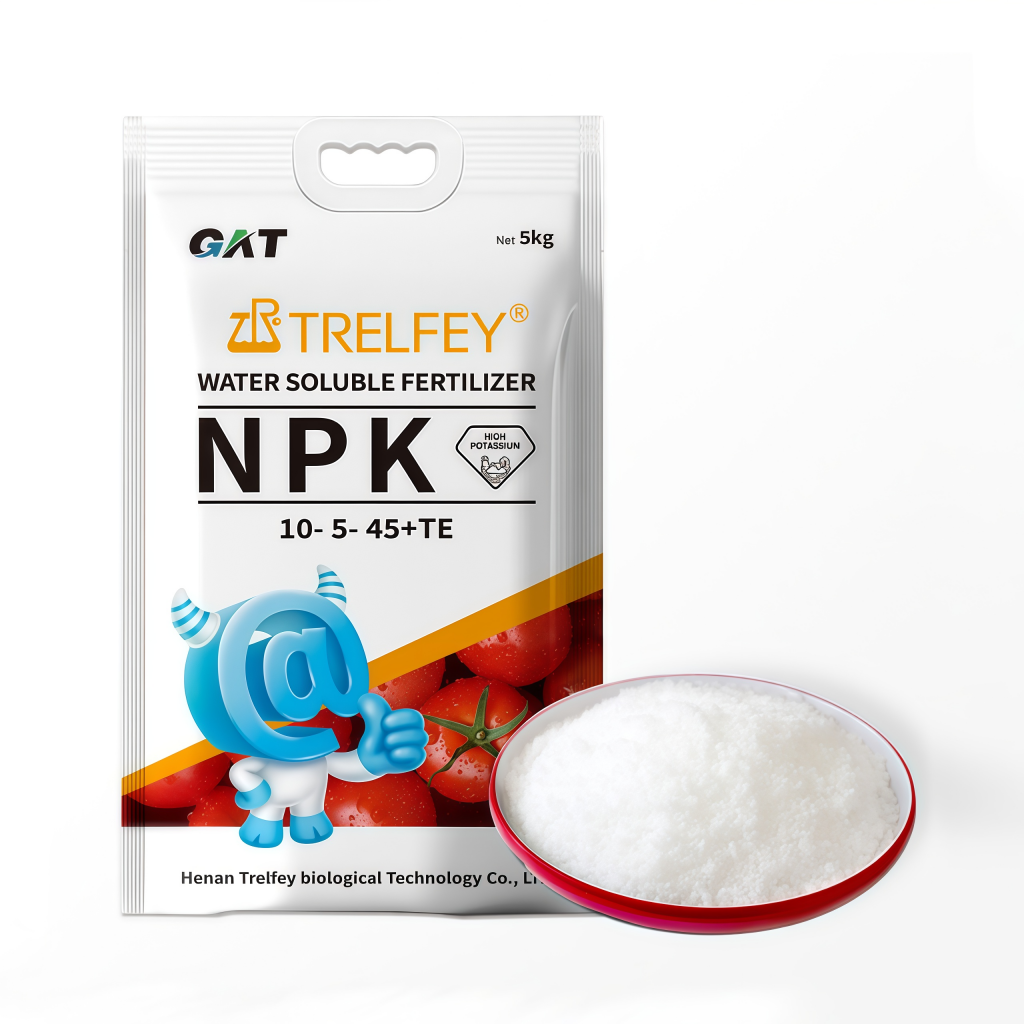
NPK 10-5-45+TE
Does not contain plant growth hormone, Contains a variety of trace elements

